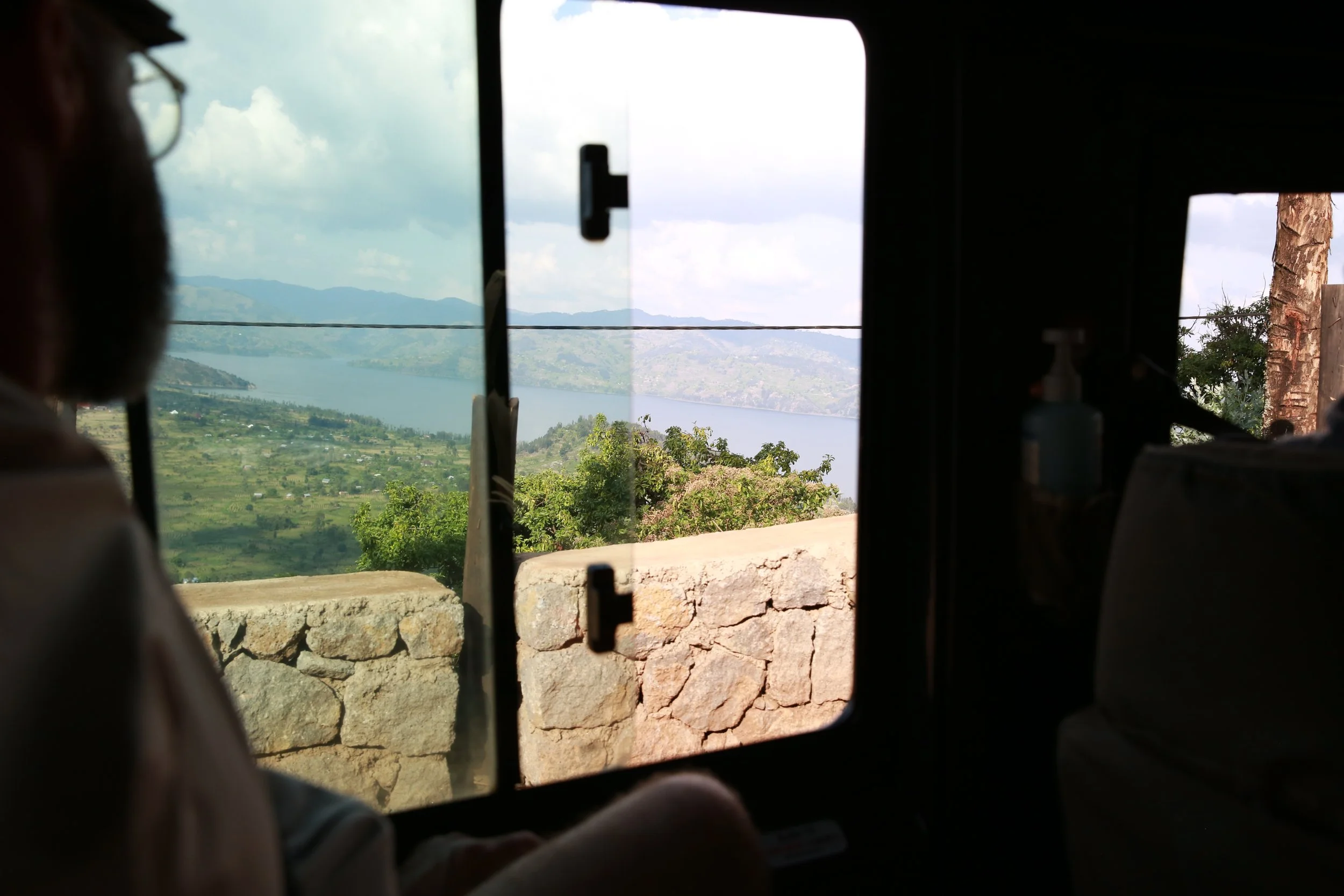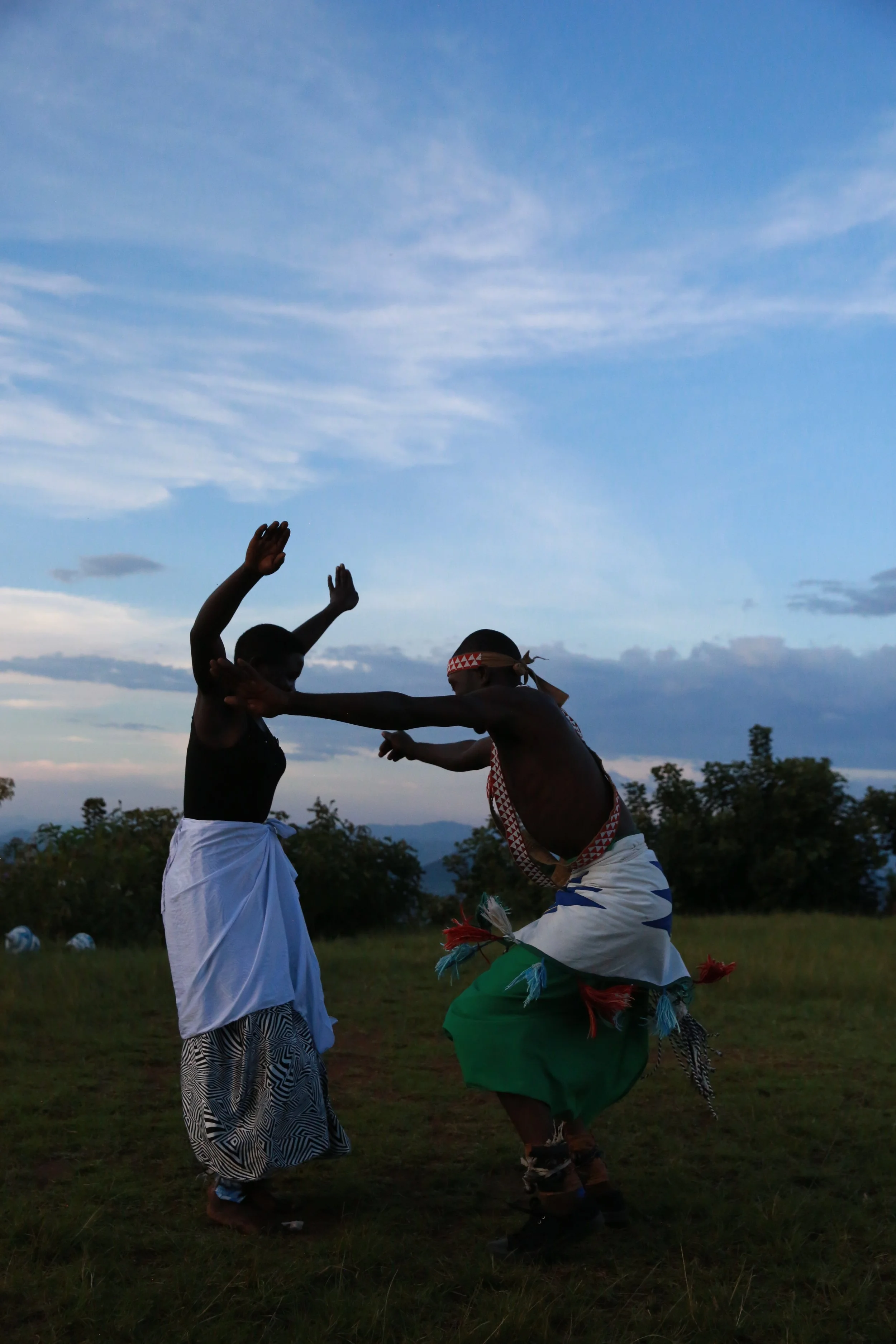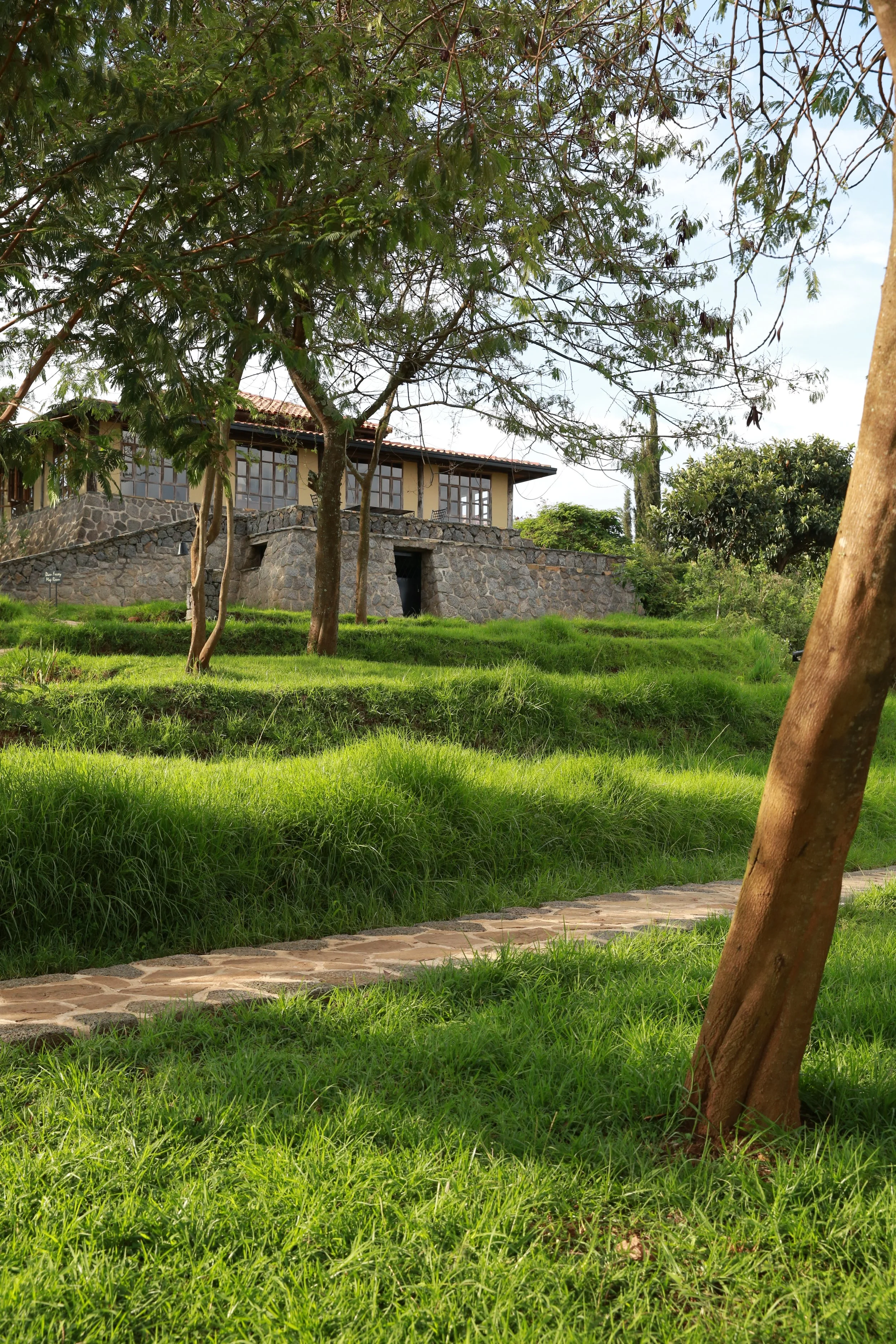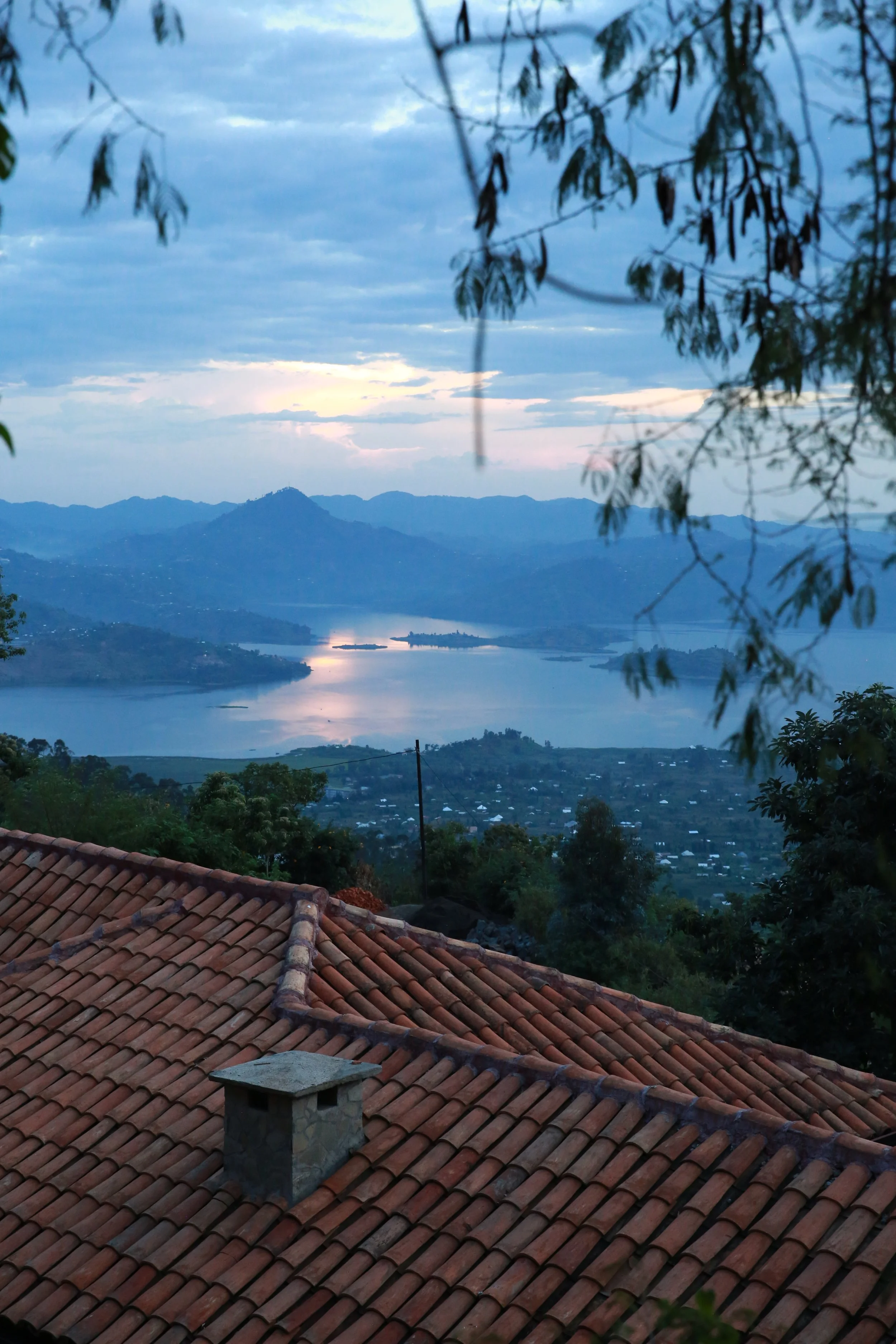PUBLISHED IN DEPARTURES
Where to See Gorillas in Rwanda
I CAME TO Rwanda for the gorillas. Mountain gorillas live in just one area of the world, the Virunga Mountains, a volcano chain spanning the borders of Rwanda, Uganda, and the Democratic Republic of Congo. In Rwanda, access to the gorillas is strictly controlled. The country issues just 100 permits a day; securing one allows the holder to hike through mountainous jungle, sometimes for hours, to spend a single hour with the gentle giants. Which is to say: It's my kind of adventure.
I planned my trip with Go2Africa, arriving in Rwanda's capital, Kigali, after dark, following a full day of travel. After spending the night at The Retreat by Heaven, we set out on a three- hour drive to Volcanoes National Park in the country's northeast corner. The streets in Kigali were spotless and traffic was orderly; every motorcyclist wore a helmet. The roads were new and impeccably maintained, even as we left the city, winding through steep mountains dotted with coffee plantations and crowned with clouds — infrastructure directly funded by tourism revenue. And my entire time in the country, I didn't see a single piece of garbage. Along with a plastic bag ban (in effect since 2008) and government-contracted cleaners, one day a month, work stops and everyone cleans the streets — even the president, my guide reported with pride.
Near the park, I stayed at Virunga Lodge, one of the five properties in the region owned by Volcanoes Safaris. Founded in 1997 by a Ugandan-born businessman, the tour operator has pioneered great apes ecotourism and sustainable development and regeneration in the area. The lodge was incredible. Built high on a ridge, it provides a 360-degree panorama of Lake Bulera, Lake Ruhondo, and the Musanze Valley, ringed by eight spectacular volcanic peaks. The views are unparalleled, the accommodations were luxe while still reflecting their destination, and I have never seen so many bird species in one spot. But it was the staff that really made the experience. All locally born, their level of service was professional, incredibly warm, and felt very much of the place.
One evening, a traditional dance troupe performed; the dancers were students, part of a community initiative to preserve local culture. It is one of many such projects endowed by the Volcanoes Safaris Partnership Trust, the operator's philanthropic arm, whose goals are conservation and community support. By building schools, providing hospitality training, and funding water projects, they work to increase livelihood opportunities in the local communities, ultimately reducing human-wildlife conflicts: People are less likely to turn to wildlife poaching in the nearby park for survival.
And the gorillas? After trekking for about an hour through dense, muddy terrain — at one point we crawled, nearly on hands and knees, through a dense bamboo grove — we came to our group. Before going in, our guide explained the meaning of several of the primate's vocalizations (gorillas have 16) and what to do if the silverback charged us: get low, look down, and hum — a vocalization that means, more or less, "I'm fine, and so are you." But our silverback didn't change. When we arrived, he was seated on his haunches, effortlessly ripping bamboo shoots from the ground and dissecting them with his fingers, which looked just like ours. Our guide greeted him with a low hum and encouraged us to do the same. "Say hello to him," he said, so we all began to hum. The 38-year-old, 450-pound male looked up slowly from his bamboo, sizing us up. Then he began to hum back, letting us know we were okay, he was okay, and giving permission to visit his family. It was a once-in-a-lifetime moment in a truly magical place.




